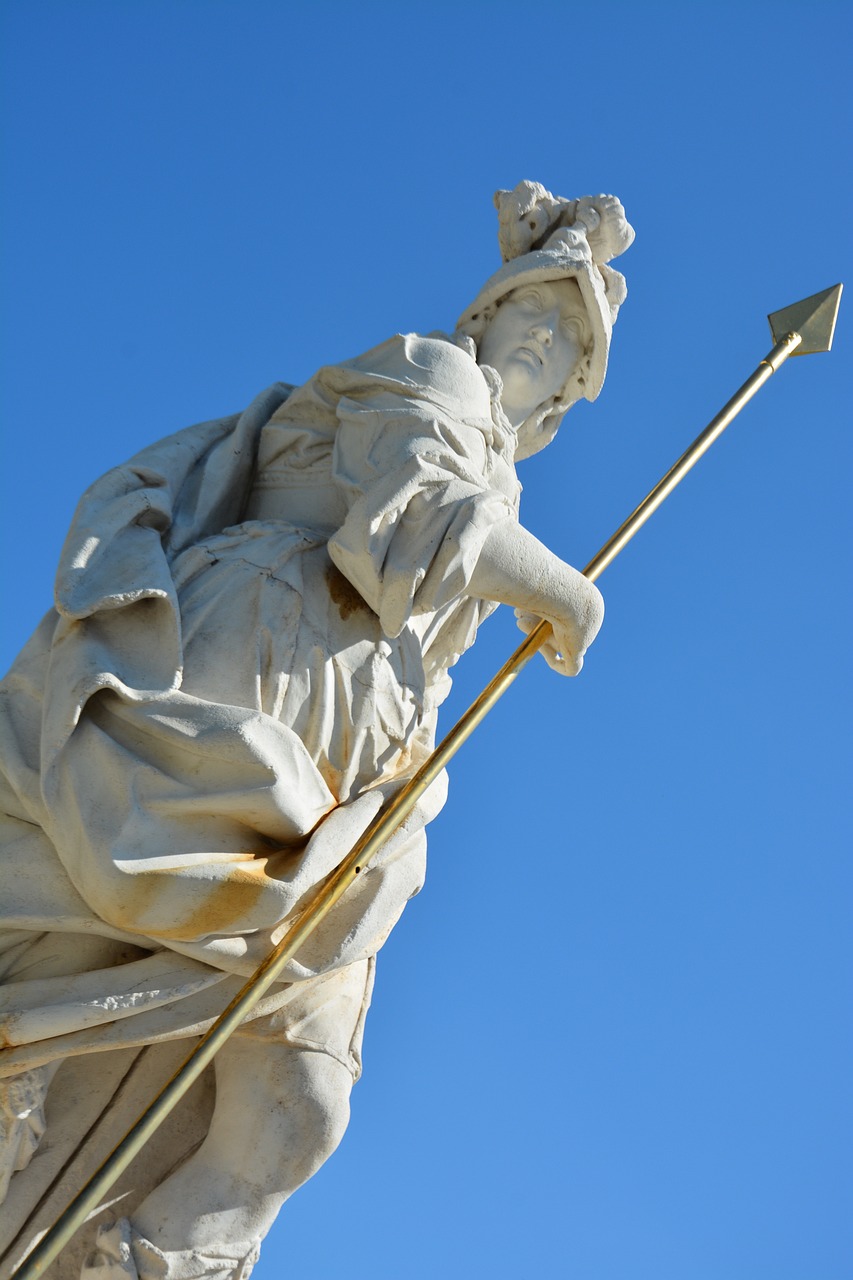The Various Portrayals of Zeus in Art
In the realm of Greek mythology, Zeus reigns supreme as the most powerful deity among the pantheon of gods. The deeper question arises: how did artists throughout history choose to envision this iconic figure? What characteristics would embody Zeus’s authority and significance? An exploration into various artistic representations reveals a fascinating range of depictions.
To embark on our visual journey, consider the following three interpretations of Zeus. The first image, located on the left, features Zeus as a bearded man with dark hair, captured on a Greek red-figure vase dating back to approximately 450 BC. In the center, another portrayal showcases a similar dark-haired figure, exhibiting a shorter cut and a forward-pointing beard; this is a bronze sculpture from Cape Artemision, around 460 BC. To the right, we view a Roman marble bust known as “Zeus Ammon,” created between 120 – 160 AD, characterized by ram’s horns that hint at Egyptian influences, particularly those of the god Ammon (alternatively spelled Amun or Amon), who was also revered as the “king of Gods.” This Roman interpretation artfully merges the traditional Greek bearded visage of Zeus with Ammon’s distinctive horns, resulting in a hybrid form.
Expanding beyond these initial impressions, we can investigate further representations of Zeus across various forms of art, including sculpture and currency. The first image on the left showcases a colossal sculpture of Zeus’s head, originating from Nemrut Dagi in Turkey. The center presents a petite terracotta statuette of Zeus, its details vague, yet enough to identify him by his beard. Finally, on the right, we encounter a depiction of Zeus on Greek currency from around 330 BC.
Turning our gaze to the medium of painting, we find eclectic interpretations of Zeus. The left painting offers a unique view of Zeus depicted as an artist, seated beside an easel, engaged in painting butterflies, as envisioned by Italian Renaissance painter Dosso Dossi circa 1515. On the right, we see “Thetis Appeals to Zeus,” a work from 1811 by French neoclassical artist Jean Auguste Dominique Ingres, portraying a stern Zeus, depicted as a commanding figure seated upon his throne.
In a surprising twist, our final entry is not a traditional portrayal of Zeus, but rather, a depiction of George Washington as Zeus. Crafted by Horatio Greenough in 1841, this sculpture was commissioned by the United States Congress to commemorate the centennial of Washington’s birth. Lacking prior knowledge of the artist’s vision, Congress faced astonishment upon revealing this muscular, shirtless image of Washington emulating Zeus’s role as the ruler of gods in Greek mythology—a striking contrast to the typical depictions of Washington in military attire. The accompanying marble sculpture from the 2nd century illustrates a seated Zeus employing a pose favored by both Greek and Roman sculptors, showcasing the influence on Greenough’s interpretation of Washington as Zeus, with both figures depicted shirtless, draped in cloth, and an arm raised prominently.
The exploration of Zeus’s portrayals across different artistic mediums illustrates how this mighty character was envisioned through various lenses, adapting to culture and time while retaining his essence.



